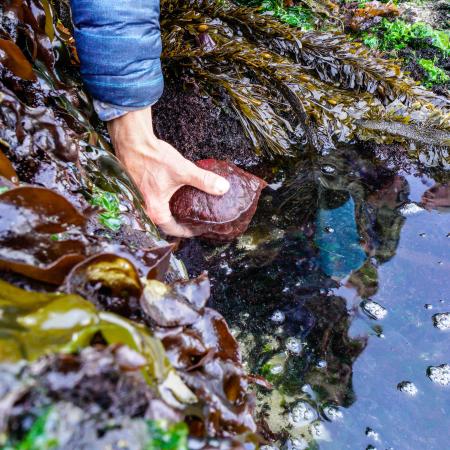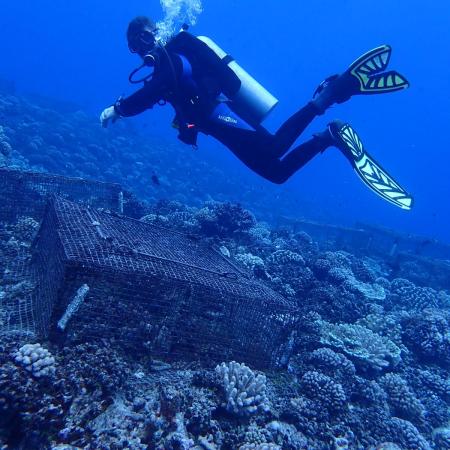A newly discovered parasitic cycle, in which ocean bacteria keep phytoplankton on an energy-sapping treadmill of nutrient detoxification, may offer a preview of what further ocean warming will bring, according to a new study by co-authors and microbiologists Kimberly Halsey and Steve Giovannoni.
The research, conducted in the Sargasso Sea near Bermuda and published recently in mBio, also may explain how the bacteria, SAR11, came to be so prolific.
In large bodies of water, plankton are the collection of organisms unable to swim against the current.
Phytoplankton refers to the autotrophic, or self-feeding, components of the community – the ones that can produce, often via photosynthesis, organic compounds like fats, proteins and carbohydrates from substances in their environment.
Already, in many of the vast, warm regions of the ocean, phytoplankton must deal with the challenge of discriminating between phosphate, a scarce nutrient essential for cell growth, and arsenate, which is chemically similar but toxic.
“Many phytoplankton, including the most common phytoplankton type in warm oceans, Prochlorococcus, detoxify arsenate by adding methyl groups,” explains Kimberly Halsey.
A methyl group is one carbon atom bonded to three hydrogen atoms.
“We found that the most abundant non-photosynthetic plankton in the oceans, SAR11 bacteria, remove the methyl groups, releasing poisonous forms of arsenic back into the water,” said Steve Giovannoni. “That suggests that the methylation and demethylation of arsenic compounds create a cycle in which the phytoplankton can never get ahead – they’re continually transferring energy to the arsenate-resistant SAR11.”
The process makes SAR11, in effect, parasites.
“It might help explain why SAR11 are so successful, surpassing all other plankton in their numbers,” Giovannoni said.




